The 1990s were one of the most exciting decades in automotive history. It was a time when technology started to make performance cars faster and more reliable, but before driver aids and computers began to take over the experience. It was a golden era filled with imagination and variety, when Japanese automakers went head to head with Europe and America produced some of its boldest creations. Yet while a few headline cars like the McLaren F1 and Toyota Supra became legends, many equally impressive performers never got the attention they deserved. Here are ten supercars and sports cars from the 1990s that truly deserve more time in the spotlight.
Jaguar XJR 15
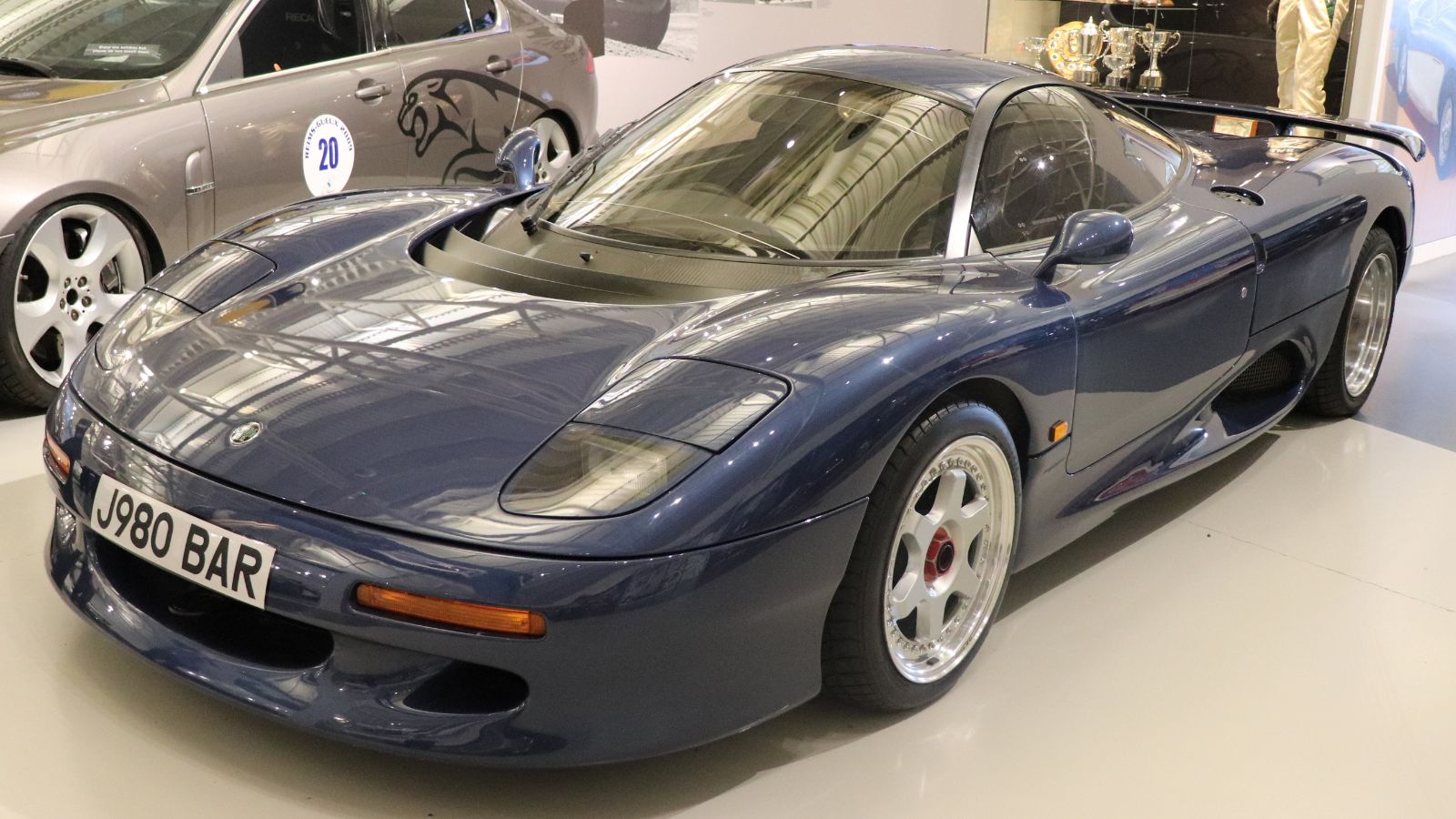
Before the XJ220 made headlines, Jaguar had already built something even wilder. The Jaguar XJR 15 was a pure racing machine turned road car. Developed by Tom Walkinshaw Racing, it shared its DNA with Jaguar’s Le Mans winning XJR 9. It featured a full carbon fiber monocoque chassis at a time when few had even heard of such a thing, and its 6.0 liter V12 produced around 450 horsepower.
Only 53 cars were ever made, many going straight into private collections. The car was light, ferocious, and incredibly loud, capable of sprinting to sixty miles per hour in under four seconds and exceeding 190 miles per hour. The XJR 15 was too uncompromising for most buyers, but its technology and design anticipated the modern hypercar era by decades.
Lotus Esprit V8

The 1996 Lotus Esprit V8 transformed a classic name into a genuine Ferrari rival. For years, the Esprit had relied on four cylinder power, but the addition of a twin turbo 3.5 liter V8 changed everything. With 350 horsepower and a curb weight well under 3,200 pounds, it delivered thrilling performance and razor sharp handling.
The Esprit V8 could reach 175 miles per hour and out corner many Italian exotics thanks to its low center of gravity and mid engine layout. The gearbox struggled with the V8’s torque, but when driven properly, it was one of the best handling cars of its generation. Overshadowed by louder names, the Esprit remains one of the last truly analog, precision built British sports cars.
Acura NSX

The original Acura NSX redefined the supercar experience. It proved that performance and reliability could exist together without compromise. Developed with input from Ayrton Senna, the NSX featured an all aluminum body, a 3.0 liter V6 with variable valve timing, and perfect weight balance.
The NSX produced 270 horsepower, which might sound modest, but its lightness and feedback made it a joy to drive. It delivered world class handling with the comfort and reliability of a Honda. Ferrari owners might not have wanted to admit it, but the NSX often showed them what true engineering balance felt like. Today, its reputation has grown immensely as enthusiasts rediscover just how pure and timeless this car is.
BMW 850CSi
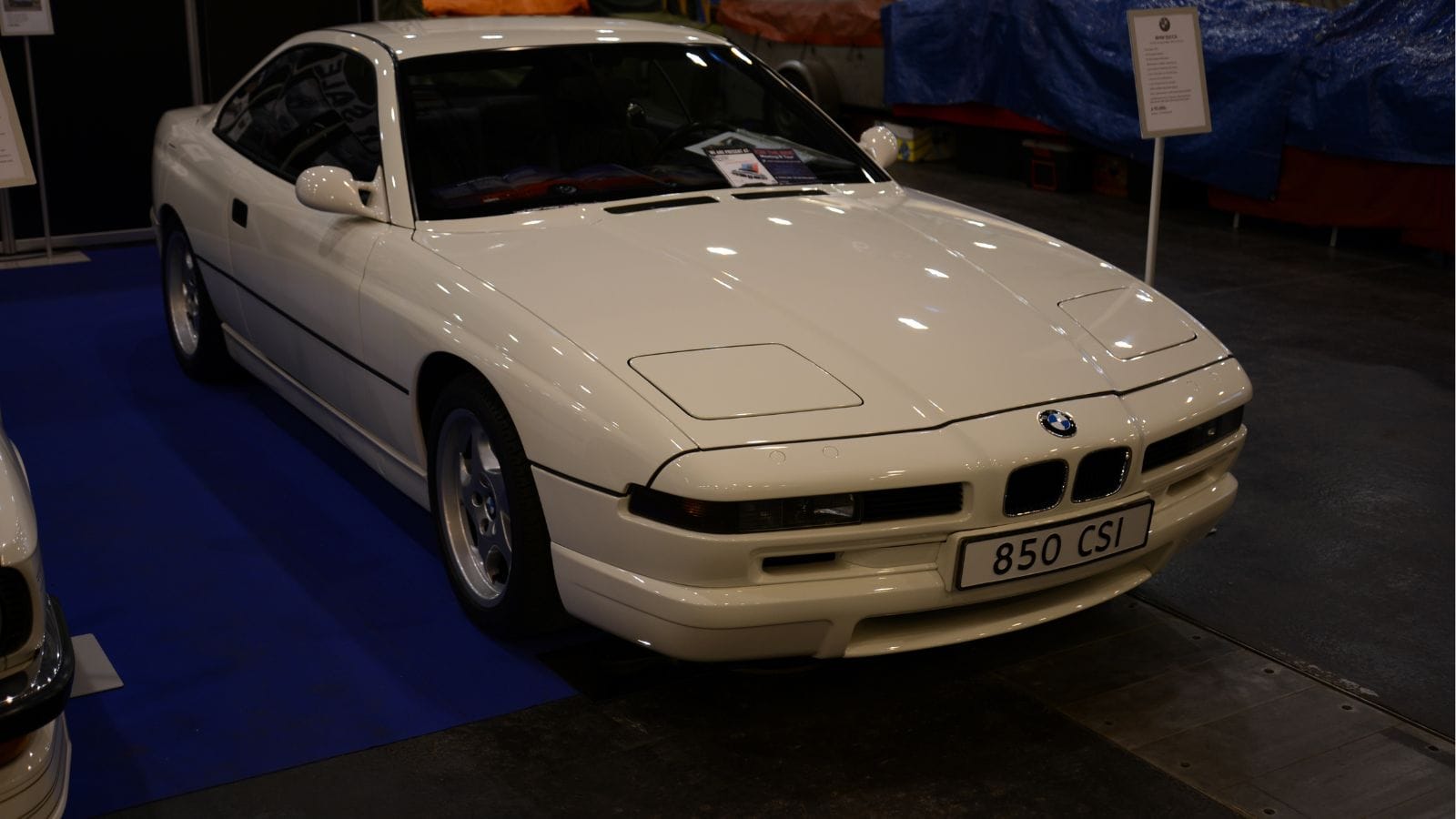
The BMW 850CSi was the flagship of the 8 Series and one of the most advanced cars of the decade. Beneath its long hood sat a 5.6 liter V12 producing 375 horsepower. It came only with a six speed manual transmission and rear wheel steering, making it surprisingly agile for such a large grand tourer.
The 850CSi was effectively a detuned M car, built in limited numbers with extensive engineering attention. It could hit 60 miles per hour in just under six seconds, but it was not about drag racing. It was about effortless power and refinement. Even today, the 850CSi feels special, with its pillarless design, quiet power delivery, and unmistakable 1990s luxury.
Toyota MR2 Turbo

Toyota’s second generation MR2 Turbo remains one of the most balanced and entertaining sports cars ever built. It combined a mid engine layout with a turbocharged 2.0 liter four cylinder making 200 horsepower. Weighing just over 2,800 pounds, it could sprint to sixty in around six seconds and had incredible handling when driven properly.
The MR2 was sometimes criticized for its tendency to oversteer if pushed too hard, but in skilled hands, it was agile and rewarding. It was affordable, practical enough for daily use, and offered true supercar driving dynamics at a fraction of the price. Many were driven hard and modified, which makes clean examples highly desirable today.
Nissan 300ZX Twin Turbo
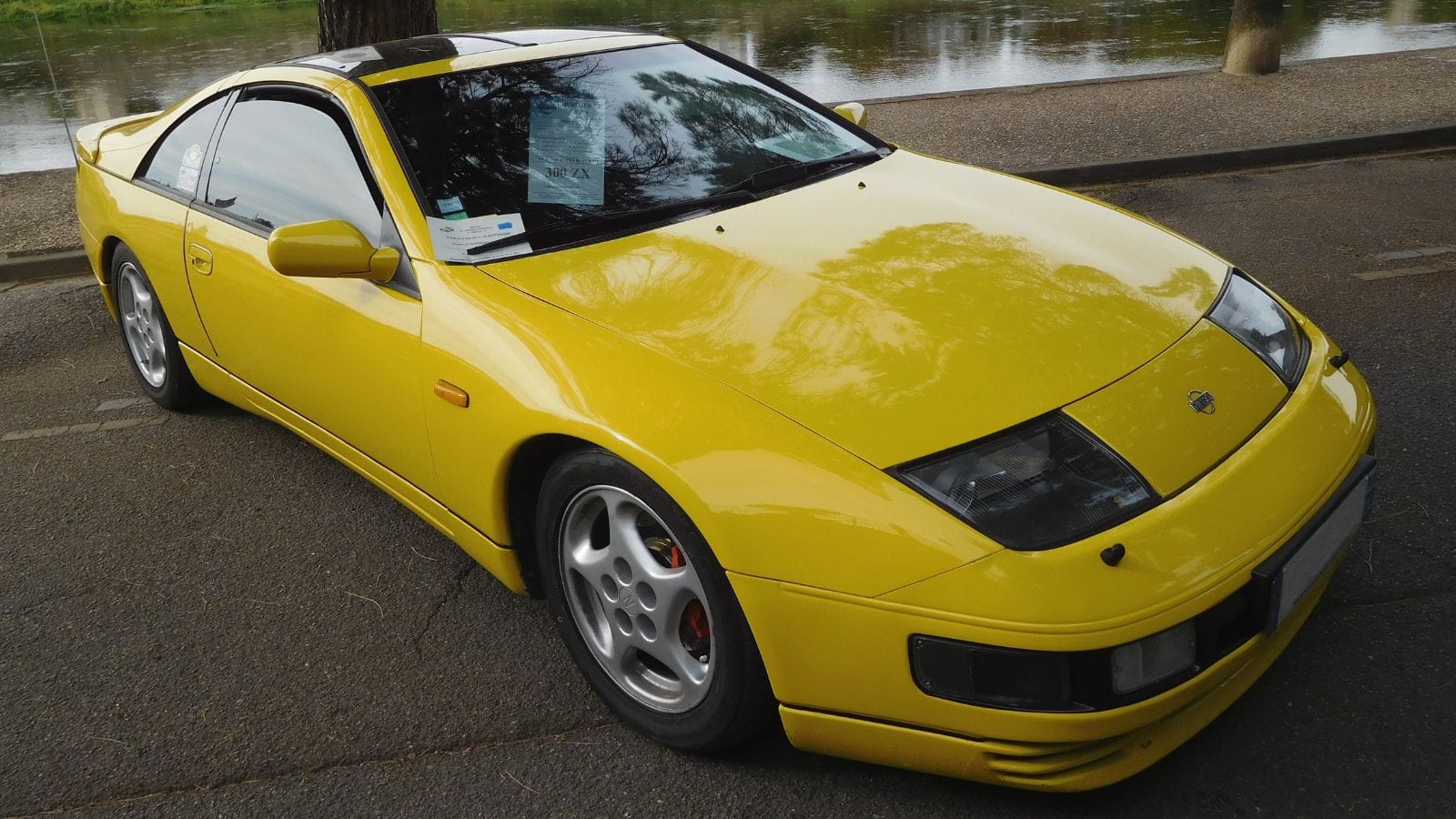
The Nissan 300ZX Twin Turbo was a masterpiece of 1990s engineering. Powered by a twin turbo 3.0 liter V6 producing 300 horsepower, it combined brutal acceleration with everyday usability. It featured four wheel steering, a sophisticated suspension, and aerodynamics developed in a wind tunnel.
Capable of hitting sixty in around five seconds, the 300ZX was fast even by today’s standards. It was beautifully built inside and out, with a cockpit style dashboard and a design that has aged gracefully. In Japan, it lived under the shadow of the Skyline GT R, while in America it was overshadowed by the Supra. But those who have driven one know it is a true driver’s car that deserves far more recognition.
Chevrolet Corvette ZR1

When the Corvette ZR1 debuted in 1990, it shocked Europe. Chevrolet had teamed up with Lotus to design an all aluminum 5.7 liter LT5 V8 that produced 375 horsepower and revved to 7,000 rpm. The result was a Corvette that could challenge Ferraris on both top speed and reliability.
The ZR1 reached over 175 miles per hour and ran the quarter mile in under 13 seconds, performance that rivaled cars costing twice as much. It also handled brilliantly for its time, with a chassis tuned for real high speed stability. While some dismissed it as just another Corvette, it was a milestone car that proved American engineering could match Europe’s finest.
Mitsubishi 3000GT VR4
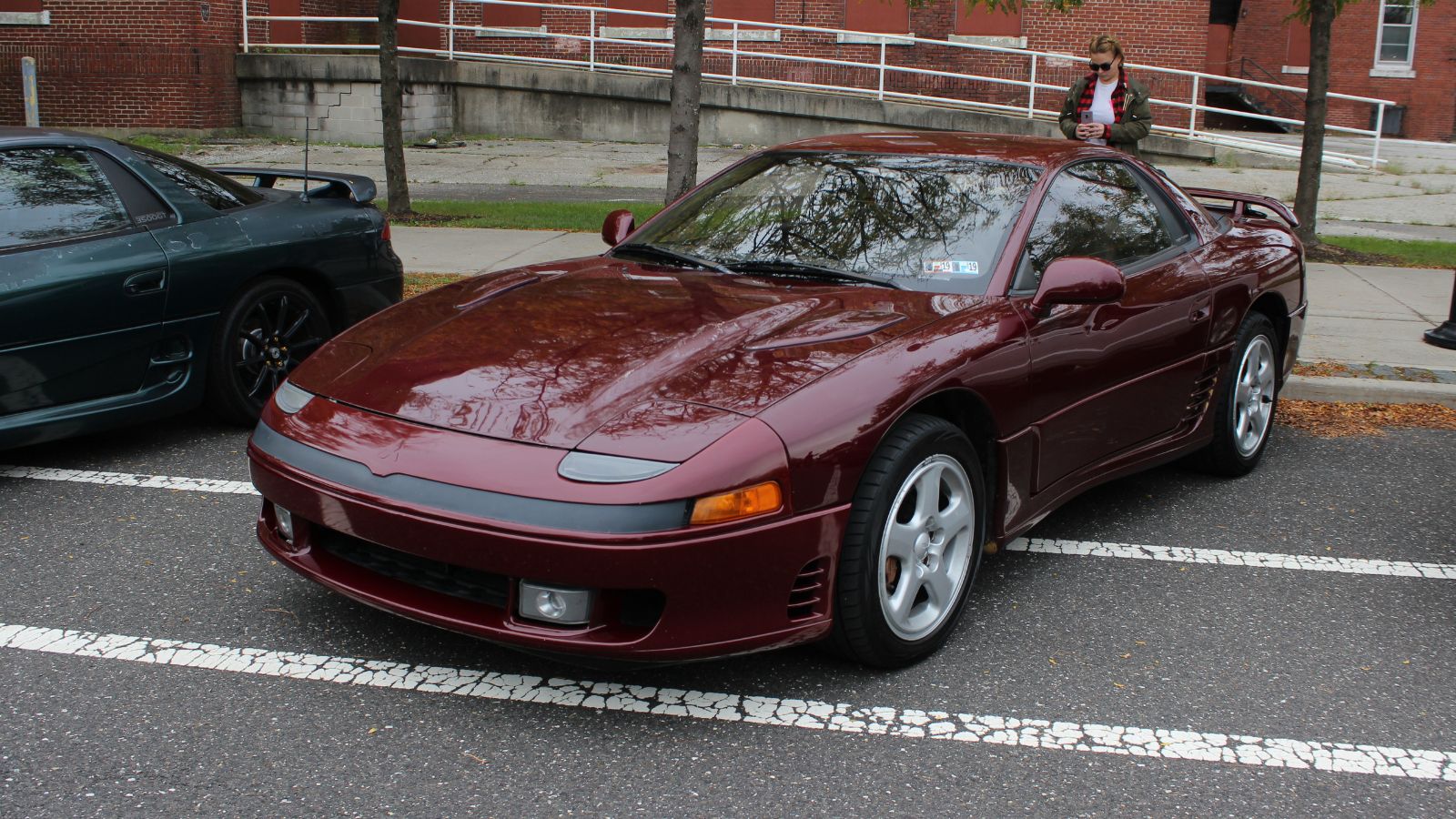
The Mitsubishi 3000GT VR4 was the most technologically advanced Japanese sports car of its era. It featured a twin turbo 3.0 liter V6 with 320 horsepower, all wheel drive, four wheel steering, and active aerodynamics. It was a true showcase of innovation, though its 3,800 pound weight made it more a grand tourer than a lightweight sports car.
The VR4 could hit sixty in just over five seconds and felt solid and planted at high speed. Despite its sophistication, it was expensive to maintain, and sales dwindled by the end of the decade. Collectors are now starting to recognize its significance as one of Japan’s boldest attempts to fuse performance and technology.
Ferrari 456 GT

The Ferrari 456 GT was one of the most elegant grand tourers Ferrari ever built. It combined classic proportions with modern engineering, powered by a 5.5 liter V12 producing 436 horsepower. It could reach 186 miles per hour and carried four passengers in genuine comfort.
The 456 was subtle, refined, and beautifully built, but its quiet personality made it easy to overlook next to the wild F355 and F50. It represented Ferrari at its most sophisticated, delivering effortless performance rather than drama. Today, it is admired as a rare example of restrained design paired with real muscle.
Dodge Viper GTS
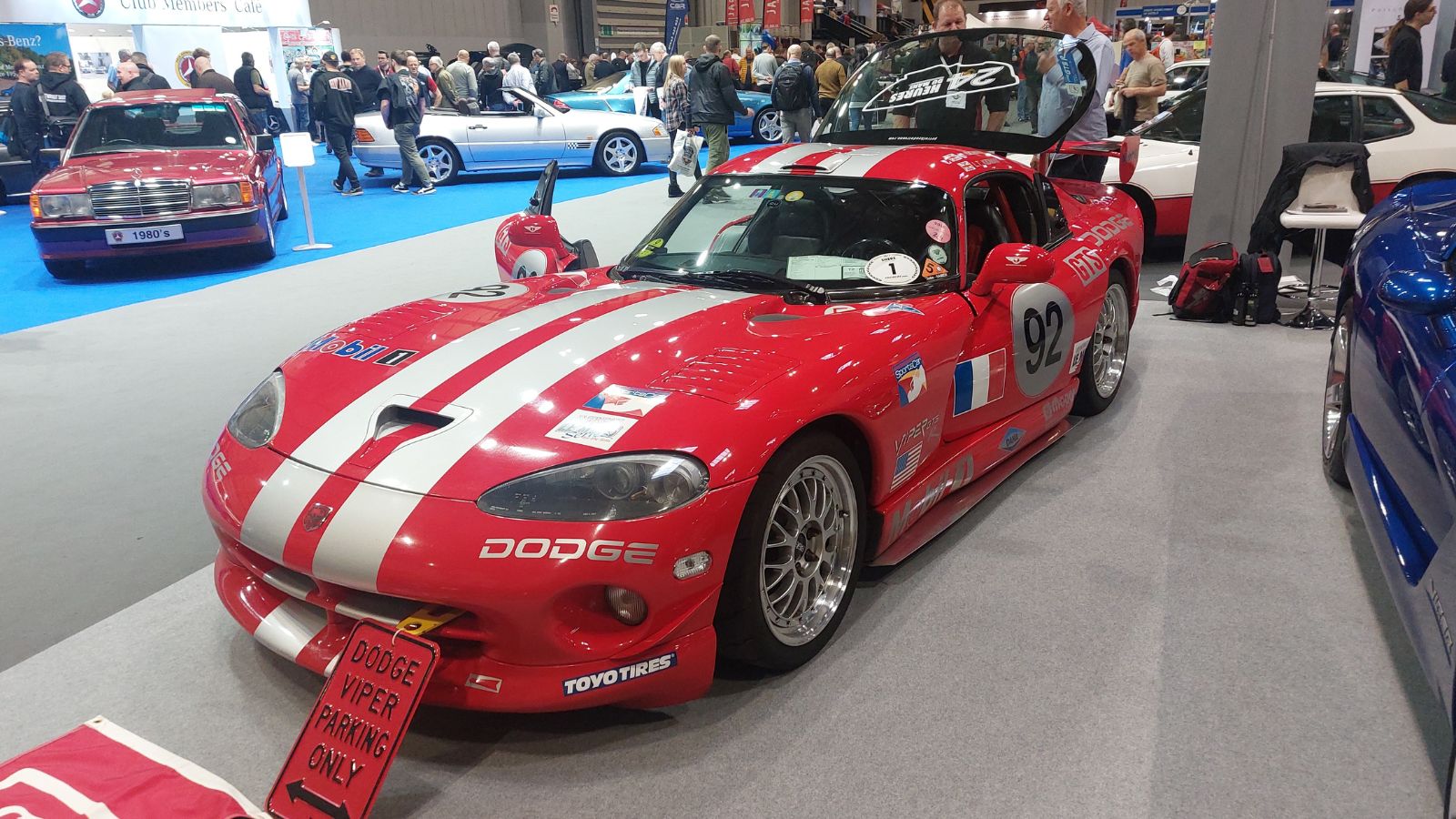
When the Dodge Viper GTS arrived in 1996, it was the wild child of the supercar world. Its massive 8.0 liter V10 produced 450 horsepower, and it weighed less than most European exotics. There were no electronic aids, no traction control, and no power steering in early versions. It was all about raw skill and courage.
The GTS coupe brought refinement and improved aerodynamics while keeping the savage acceleration. It could sprint to sixty in four seconds and top out around 185 miles per hour. Its simplicity, brutal honesty, and unmistakable styling made it one of the purest driving experiences of the decade. It remains the last great analog American supercar.
Why They Deserve a Second Look
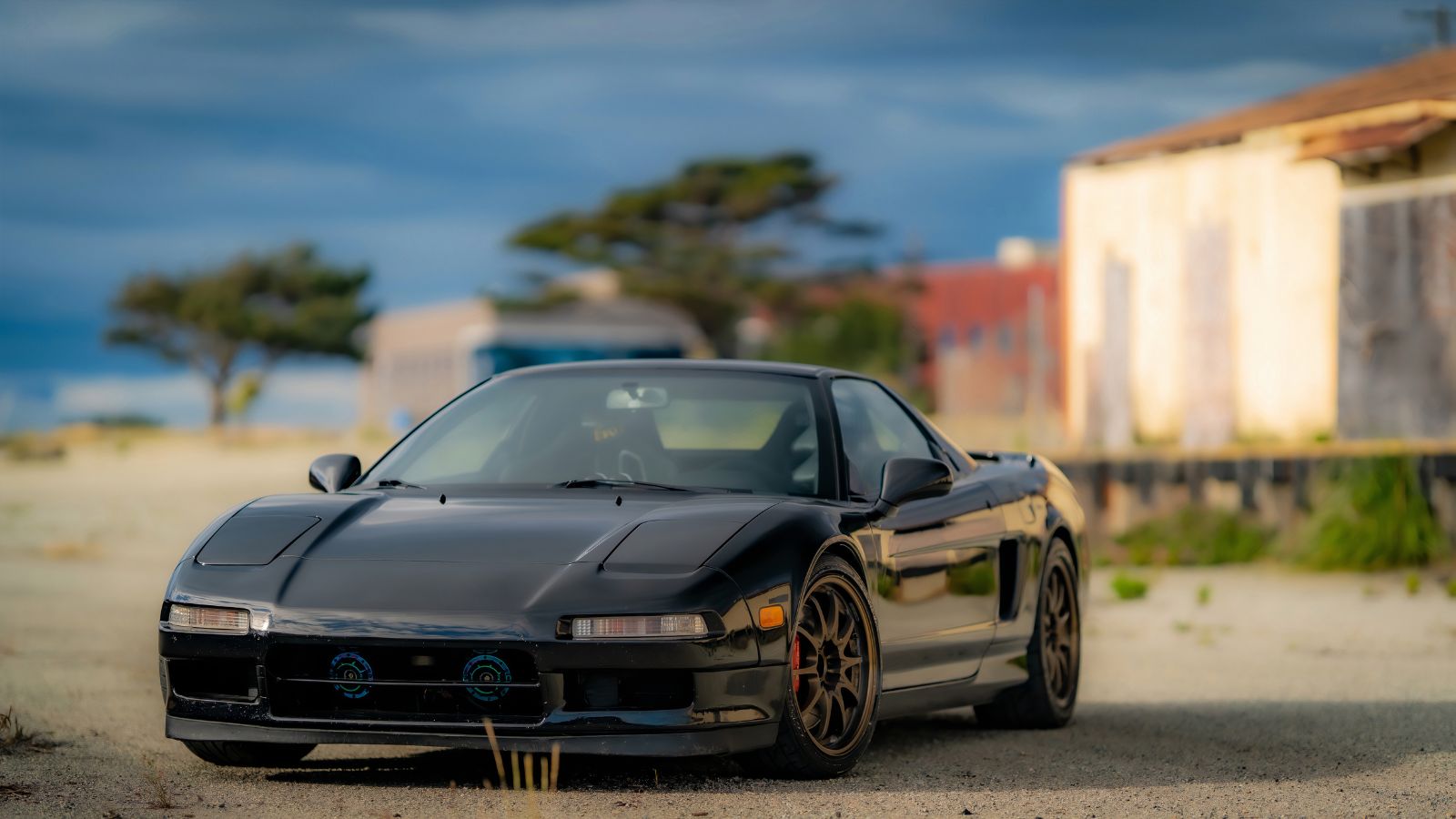
These cars defined what the 1990s were all about: mechanical innovation, individuality, and character. Each one captured the spirit of its maker, from Japanese precision to British flair and American muscle. Many of them were too advanced, too misunderstood, or simply overshadowed by louder competitors. Yet today, they stand as reminders of a time when cars had personality and performance came with genuine soul. For collectors and enthusiasts alike, these 1990s performers are not forgotten. They are the next icons waiting to be rediscovered.
25 Facts About Car Loans That Most Drivers Don’t Realize

Car loans are one of the most common ways people fund car purchases. Like any other kind of loan, car loans can have certain features that can be regarded as an advantage or a disadvantage to the borrower. Understanding all essential facts about car loans and how they work to ensure that you get the best deal for your financial situation is essential. Here are 25 shocking facts about car loans that most drivers don’t realize:
25 Facts About Car Loans That Most Drivers Don’t Realize
